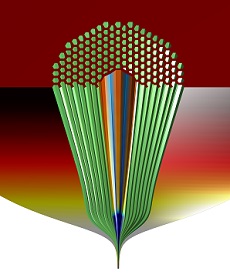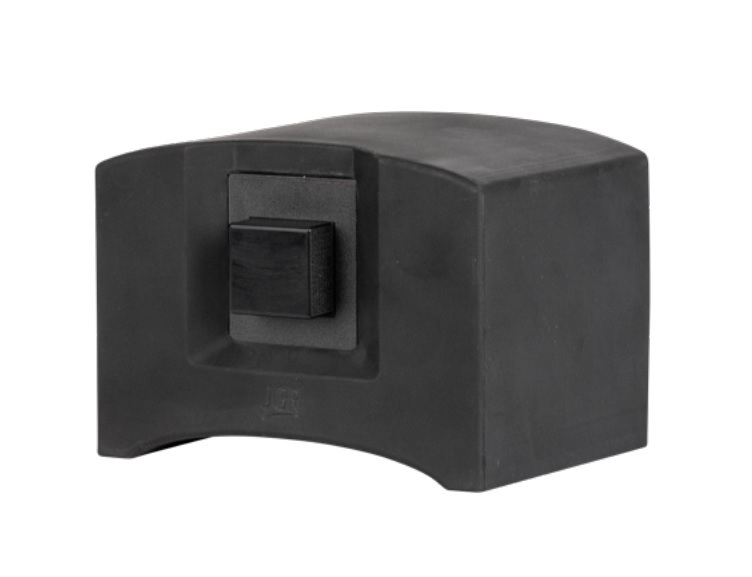July 6, 2015
Researchers at Southampton’s Optoelectronics Research Centre have successfully manufactured a record 11km of a special type of optical fibre; hollow core photonic bandgap fibre (HC-PBGF), a type of fibre that until now had only been made in lengths of hundreds of metres.
The fibre, which supports >200nm bandwidth with a longitudinally uniform loss of approximately 5dB/km at 1560nm, has a 19 cell core and 5 cladding ring structure and was fabricated using a conventional two-stage stack-and-draw technique.
“Hollow core photonic bandgap fibre has only had niche applications up until now because it was thought that it could not be manufactured in lengths suitable for telecoms applications,” said Dr Marco Petrovich, a senior member of the ORC team developing hollow core fibre technology with funding from both the UK Engineering and Physical Sciences Research Council and European Union FP7 programme.
“Not only have we successfully made a photonic bandgap fibre in a suitable length, we have also engineered it to have the right properties for telecoms applications.”
Petrovich and his colleagues have demonstrated that the fibre has error-free, low-latency, direct-detection 10Gbit/s transmission across the entire C-Band: the band used for long distance telecommunications.
Manufacturing long lengths of photonic band gap fibre is notoriously difficult because unlike conventional fibres, whose properties depend on the materials used to make them, the properties of photonic bandgap fibres depend on their structure. The nodes and struts that give photonic bandgap fibre its properties are usually on a sub-micron scale with many even just a few nanometres in size. “Any small change in these structures can change the properties along the fibre,” said Petrovich. “We have shown that our fibre’s properties are consistent along its entire length.”
The breakthrough was made possible due to an improved understanding of fibre properties deriving from various new numerical and experimental fabrication and characterisation tools recently developed by the team of researchers.
“We demonstrated data transmission at 10Gb/s along a 11km span using direct detection, showing only minor penalties and achieving an estimated >15μs latency reduction relative to standard fibre,” said Petrovich. “Our numerical models of the fibre drawing process give us confidence that much longer fibre yields are feasible through further scaling of the process, and that much lower loss fibres should ultimately be possible.”
Read the full paper at https://www.osapublishing.org/abstract.cfm?uri=OFC-2015-Th5A.1














